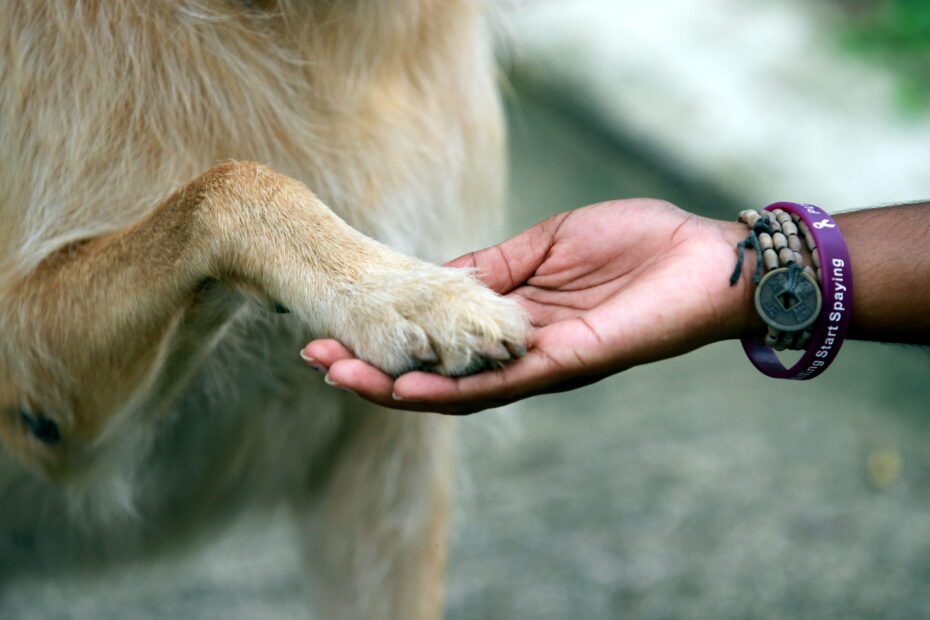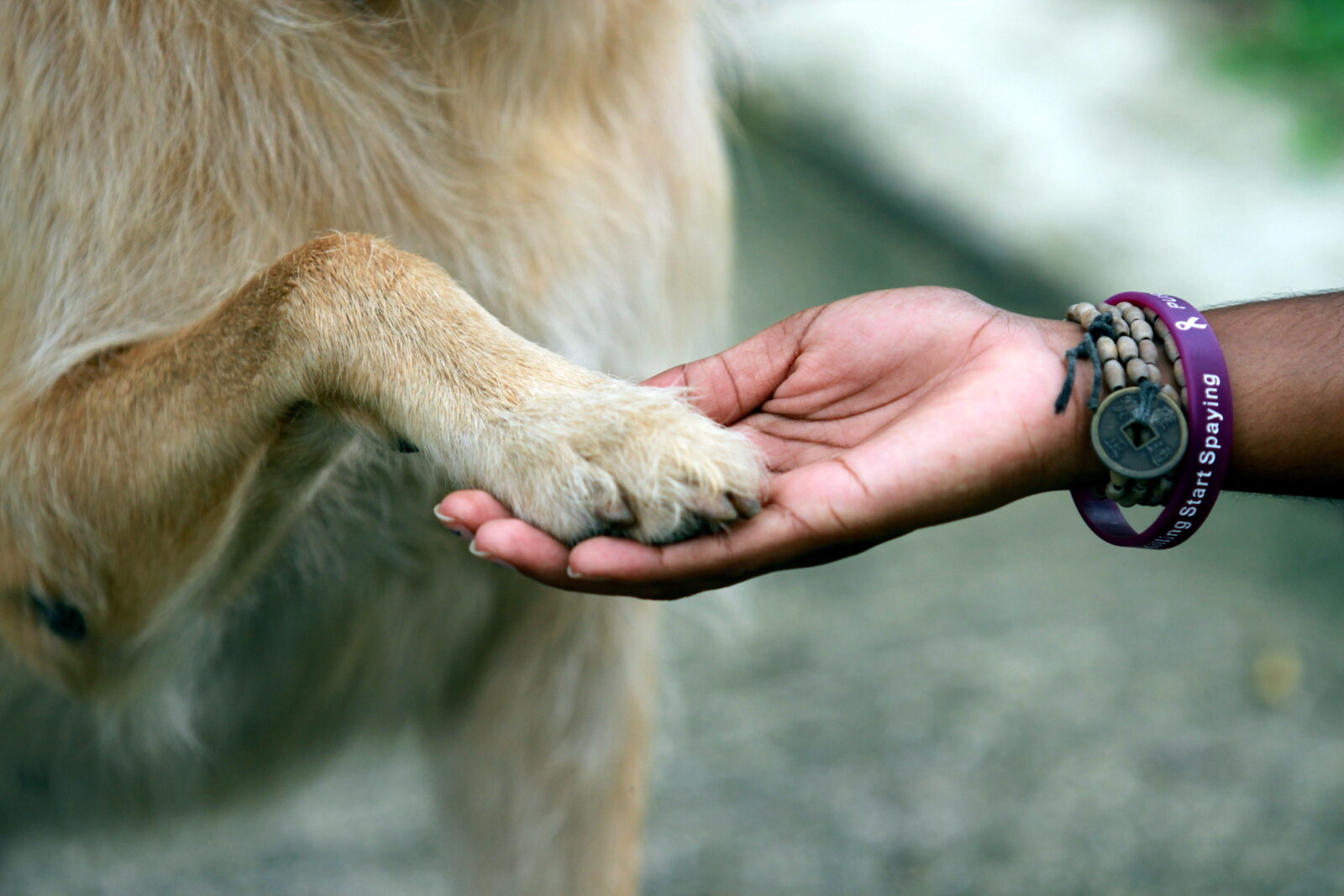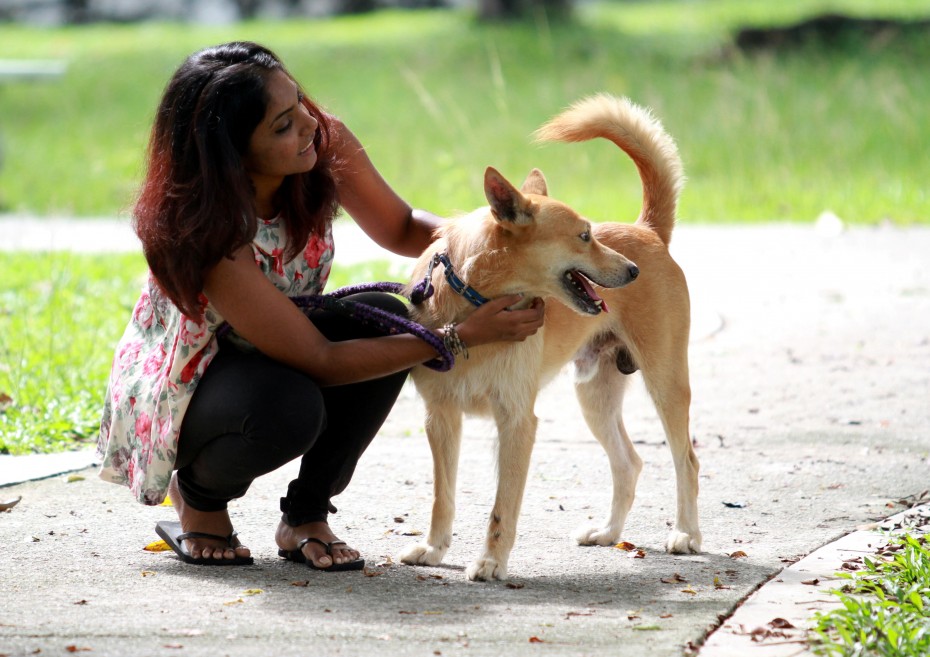THERE’S an animal rights revolution going on in Malaysia now, and it’s driven by two things – social media, and young people like Darshana Chellaiah.
The 24-year-old PhD student is a volunteer animal rescuer for Malaysian Independent Animal Rescue (MIAR), one of the many local independent animal rescue groups that have been using social media to great effect in recent years.
Aside from physically helping with animal rescues – which involves rescuing mistreated animals, rehabilitating them and finding them adoptive homes – Darshana also acts as the administrator of the MIAR Facebook page.
It’s a crucial role, and one that requires constant attention, but the payoff has been worth it.
“We received a complaint about one pet owner who had two breed dogs and one mongrel. The mongrel was in bad shape because the owners said they ‘forgot’ to feed it.
“We don’t have the authority to remove the dog, so instead, we went to the house every day to feed it for the owners, and we highlighted the case on our Facebook page. In the end, we received two offers to adopt the dog, and just like that, she was able to find a proper home,” she said.
That’s how most animal rescue cases are painstakingly handled by volunteers like Darshana. It might sound straightforward, but it rarely ever is.
Dog-eat-dog world
The work of independent animal rescuers in Malaysia can seem like a mission impossible sometimes.
MIAR president T. Puspa Rani, for example, has been chased by parang-wielding men, locked behind boom gates and even arrested. After all, animal rescuers are mostly dealing with humans who have an abusive streak.
But aside from that, animal rescue volunteers also have to worry about getting donations on Facebook to send the animals to the vet (many have severe injuries or medical issues), handling the authorities (rescuers often have run-ins with local councils) and managing the attitude of the people making reports, because many of them expect rescue groups to provide better “service”.
“People have to understand that we are all volunteers. When I started volunteering, I was doing a double-degree, and now I’m doing a PhD. I can’t just drop everything and go for a rescue every time. Trust me, I want to, but I can’t,” said Darshana, who already helps out at the MIAR shelter in Kajang, Selangor once a week on top of her rescue work and 24/7 job of monitoring the Facebook page.
And that’s one thing about independent animal rescue groups most people don’t get – it’s not a hotline for you to get immediate service. You, the general public, are supposed to be involved in the process as volunteers.
Groups like MIAR and Malaysian Dogs Deserve Better (MDDB) can highlight your reports, and help connect you with other volunteers and adopters, or recommend you a good vet willing to give discounts for rescued dogs; but apart from that, they’re working completely off the goodwill of others. They still need others to step forward and volunteer to rescue, donate or adopt.
“Some are very rude to us,” said Darshana. “We helped one lady rescue a dog once, and she paid for the expenses. Then she found another injured dog and called us again, but this time we couldn’t help, so she sent us the rudest messages, saying we cheated her, all because she had donated money for that first dog.
“That’s why sometimes volunteers snap and argue with people on their Facebook pages. We get thousands of horrible messages like that from people who just don’t get it.”
A new hope
Most of those who respond on the Facebook pages of independent rescue groups these days are young people, which has given Darshana a lot of hope for the future of animal rights in Malaysia.

There’s an animal rights revolution in Malaysia, and it’s all thanks to young people and social media.
The recent social media-driven uproar over the case of Brianna, the dog that was killed after being shot by a bow and arrow, is proof of how far we’ve come.
Most of the veteran independent animal rescuers we spoke to were incredibly positive about the impact young Malaysians are having towards the cause.
But still, Darshana remains realistic. “Not everyone will do what I do. I still have friends who laugh at me and say: ‘Why do you do it? They’re just animals!’
“But the most important thing is that they share (on social media). If they can’t help by rescuing, adopting or donating, then help by creating awareness. If you share, dogs get adopted, dogs get saved. It’s that simple.”
Beating the system
According to Darshana, one of the main obstacles young animal rescue volunteers will face is the authorities.
“We receive a lot of complaints about local councils,” she said. “There was a case in Selayang where the enforcement officers went into a home and took family pets away when there was no one around. And they were licensed dogs. They just weren’t wearing their tags at the time.”
And then there was the case in Kajang, where a MIAR volunteer confronted Kajang Municipal Council dog catchers who were brutally snaring strays, many of which were clearly and unnecessarily injured. The volunteer recorded the heart-rending incident, which quickly went viral on social media.
One step in the right direction was the recent amendment to the completely archaic Animal Act of 1953, which only allowed a fine of up to RM200 and six months imprisonment for those found guilty of animal cruelty.
“You remember the case of the dog that was hit with a cangkul and bricks? The man was only fined RM190. Why wouldn’t other people continue doing it?
“Unfortunately, we know animal abuse will never end. But whether the situation improves depends on the government. They have the power.
There’s only so much independent groups and volunteers like us can do,” said Darshana.





Leave a reply